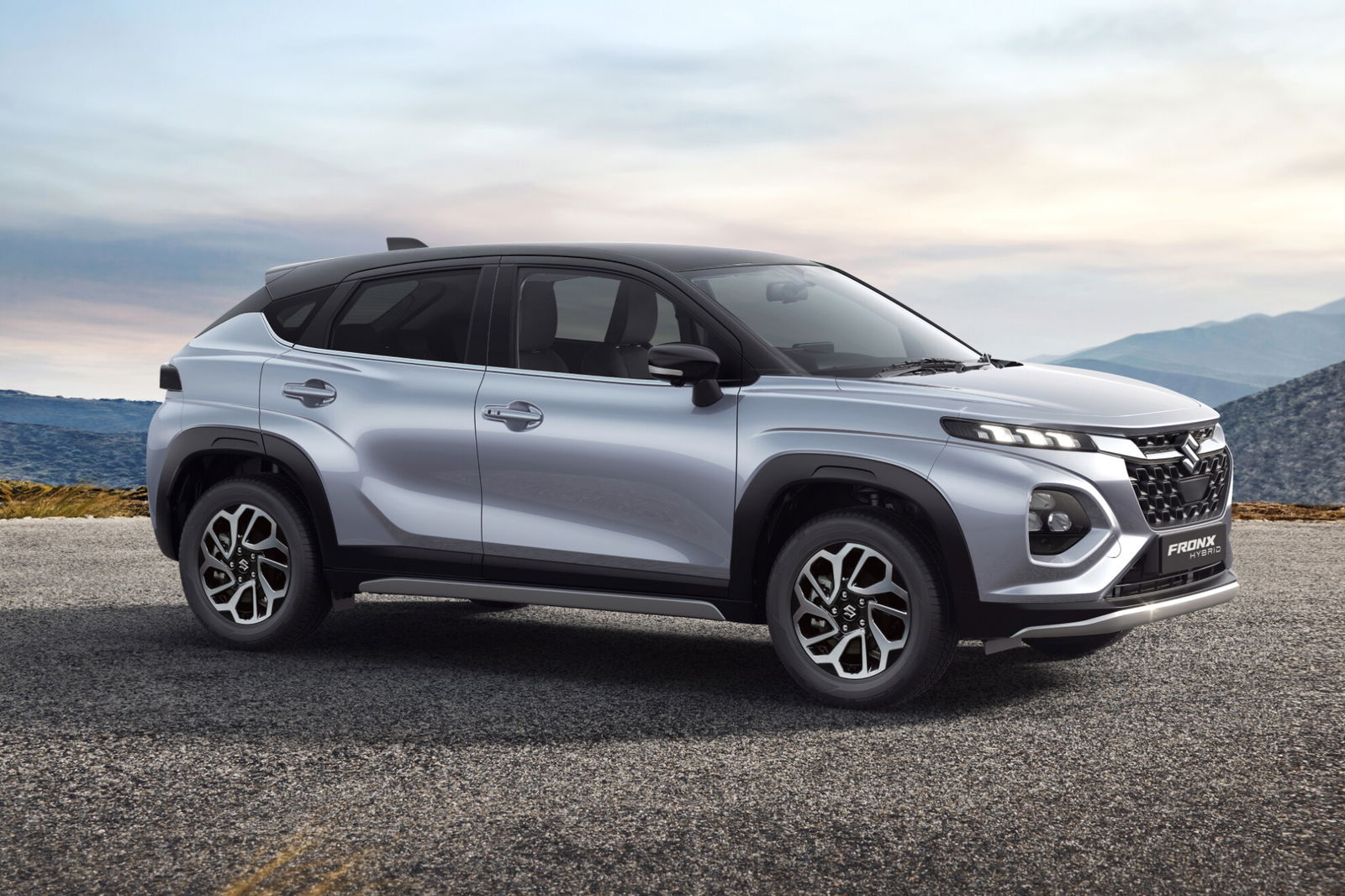Suzuki Australia stopped receiving imports of the three-door Jimny earlier this year, as the pint-sized SUV became non-compliant with a new Australian Design Rule, due to the performance of its autonomous emergency braking system.
Though the three-door Jimny is equipped with AEB, its system didn’t meet the requirements of the new regulation. That’s despite its larger five-door Jimny XL sibling being compliant, owing to its more advanced dual-camera system, rather than the smaller model’s single camera.
While the Australian-delivered three-door Jimny is produced in Japan, the Jimny XL is exclusively built in India.
Earlier this month, Japanese publication Creative Trend reported the three-door Jimny is set to get upgrades from August, which includes the dual-camera system.

Despite initially claiming it would have stock to see it through to the end of the year – and until the upgraded ADR-compliant model arrived – Suzuki Australia managing director Michael Pachota told Torquecafe there might be a period when no three-door Jimny is in local showrooms.
“The three-door is so popular and still growing in orders that we are starting to fill back orders as well, based on the fact that the sales rate has accelerated,” Pachota said.
“So the stock that I thought we had perfectly remaining up until the end of the year is now starting to finish.
“We are going to have a small gap there but I think very early next year we should see an update.”

The return of the three-door Jimny will come at a tricky time for Suzuki, however. Next year, the New Vehicle Efficiency Standard (NVES) – which sees carmakers penalised $100 for every car they sell that exceeds g/km CO2 limits – will be reduced, with the Jimny set to arrive above the emissions net.
For ‘Type 1’ passenger vehicles, this limit is 141g/km in 2025, before reducing to 117g/km in 2026, 92g/km in 2027, 68g/km in 2028 and 58g/km in 2029.
According to industry guides, the three-door Jimny manual emits 146g/km, while the automatic emits 158g/km.

Suzuki has more electrified vehicles on the way – such as the new Fronx mild-hybrid, the Vitara Hybrid and eVitara electric vehicle – which Pachota believes will aid it to not pass on potential penalties to customers in the form of price increases.
“We’ve balanced our product portfolio. We’ve balanced a way to be able to incur some of those penalties and have the credit to help offset that.
“With that said, it is obviously going to get tighter, and we are going to review it every six months and say to ourselves, ‘okay, where are we at in terms of pricing? Where’s the feasibility study on all of this? And how do we make it sustainable?’
“Our biggest thing is to try not to pass it on to the consumer as much as possible.”














Discussion about this post